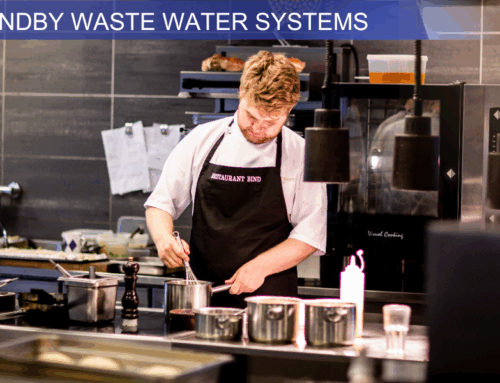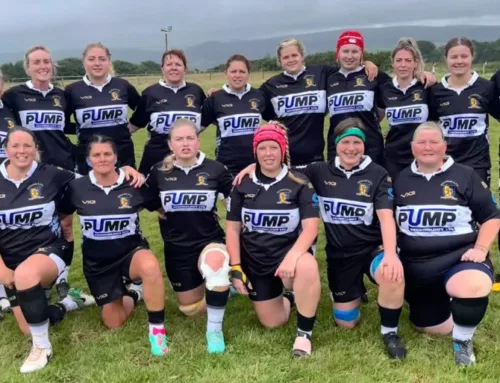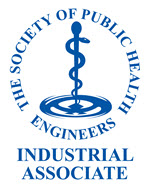Discover Essential Types of Pump Stations for Your Needs
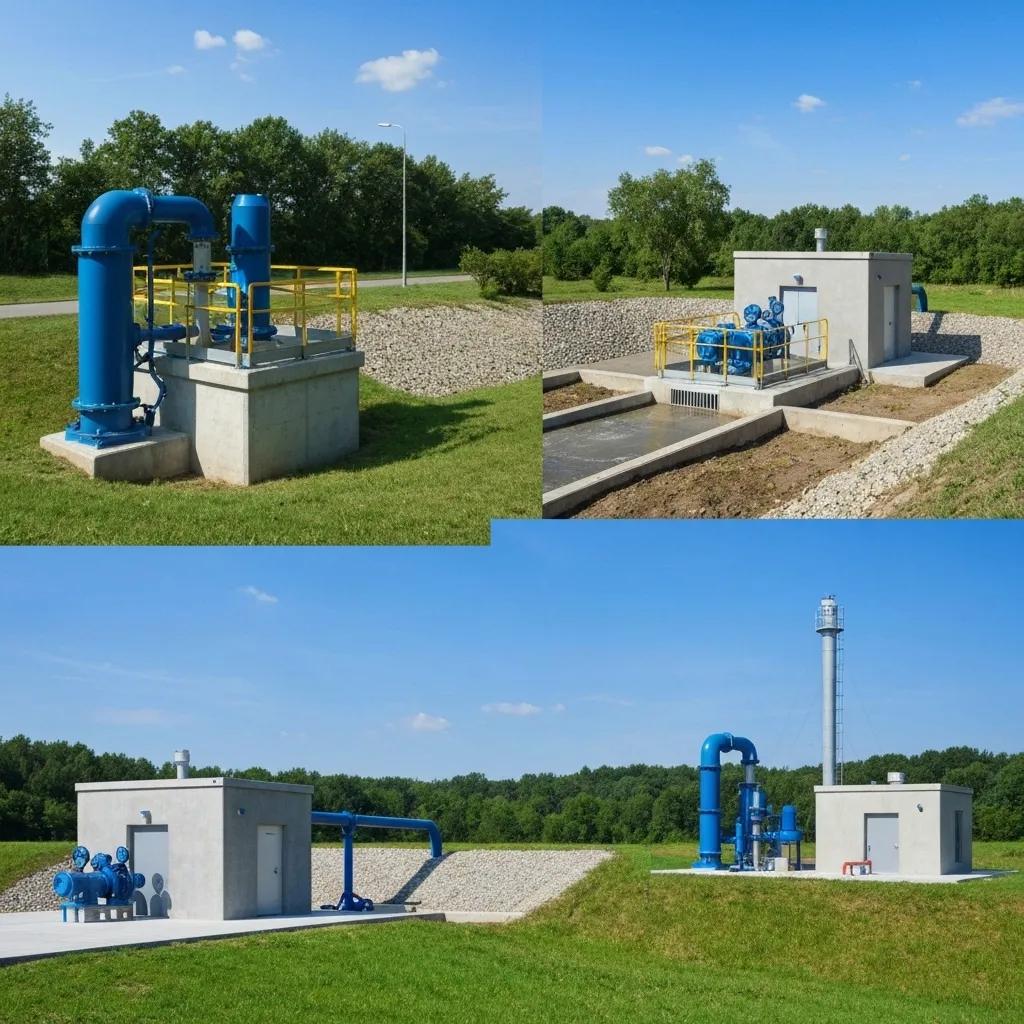
Types of Pump Stations You Should Know About: A Clear Guide to Sewage, Wastewater, Stormwater, and Regulatory Classifications
Pump stations are engineered facilities that elevate and convey fluids—ranging from raw sewage to stormwater—into treatment networks or supply mains to improve system reliability and public health. Selecting the appropriate pump station involves understanding core types, design configurations, UK compliance classes, essential components, and key performance factors. This guide explores:
- The main pump station categories and their applications
- Wet well versus dry well design differences
- Adoptable (Water UK Type 1–4) versus package pump stations
- Fundamental components that ensure operation
- Selection criteria—including fluid characteristics, regulatory compliance under the Water (Special Measures) Act 2025, and maintenance requirements
By following this roadmap, engineers, developers and property owners will gain actionable insights to choose, specify and maintain pump stations that deliver optimal performance and regulatory alignment.
What Are the Main Types of Pump Stations and Their Applications?
Pump stations are classified by the fluid they handle, the operational environment and their intended purpose to enhance hydraulic conveyance and protect infrastructure.
- Sewage Pump Stations – Transport raw sewage using grinder or vortex pumps to reduce solids and protect downstream piping.
- Wastewater Pump Stations – Convey effluent or grey water from homes and industry to treatment plants and improve water recycling.
- Stormwater Pump Stations – Manage rainwater and surface runoff through surface or tide-lift stations to mitigate flood risks.
- Water Supply Pump Stations – Boost clean water from reservoirs or mains via booster pumps, ensuring consistent delivery to high-rise or remote areas.
- Industrial Pump Stations – Transfer specialised fluids (chemicals, oils) with corrosion-resistant materials for manufacturing and process applications.
These categories lay the foundation for deeper examination of specific pump station types and their unique benefits.
What Defines a Sewage Pump Station and Its Key Types?
Sewage pumping stations collect and elevate raw sewerage, enhancing sanitation by moving solids-laden waste to treatment works. Key types include:
- Grinder Pump Stations – Macerate solids into a slurry for smooth conveyance and reduced clogging.
- Vortex Pump Stations – Create a swirling flow that suspends large particles, reducing wear on impellers.
- Effluent Pump Stations – Handle pre-treated wastewater with lower solids, improving energy efficiency.
Each type strengthens wastewater removal capabilities and supports hygienic waste management before addressing broader wastewater classifications.
How Are Wastewater Pump Stations Classified and Used?
Wastewater pump stations lift and discharge treated or partially treated effluent to secondary treatment or discharge points, improving environmental protection. They are classified by:
- Domestic Stations – Lower flow rates for residential communities, promoting cost-effective operation.
- Commercial Stations – Higher capacities for offices, hotels and malls, ensuring uninterrupted effluent removal.
- Industrial Stations – Customised materials resist chemical corrosion and high solids content.
Understanding these uses clarifies how wastewater pump stations support sustainable urban and industrial water cycles ahead of stormwater solutions.
What Varieties of Stormwater Pump Stations Manage Flood Risks?
Stormwater pump stations protect assets by evacuating accumulated rainwater and surface runoff, reducing flood damage. Common varieties include:
- Surface Water Pump Stations – Collect urban runoff via open channels, enhancing drainage in low-lying areas.
- Combined Sewer Overflow (CSO) Stations – Divert excess flows during heavy rain to prevent sanitary sewer backups.
- Tide-Lift Stations – Use automatic valves to prevent tidal ingress and maintain downstream flow capacity.
These systems safeguard infrastructure, setting the stage for water supply and industrial pumping considerations.
Which Industrial and Water Supply Pump Stations Should You Know About?
Industrial and water supply pump stations transfer specialised or potable fluids with precise flow control and materials selection. Key examples are:
- Booster Pump Stations – Increase mains pressure for high-rise buildings or distant supply zones.
- Raw Water Pump Stations – Move untreated source water from rivers or lakes into treatment works.
- Chemical Process Pump Stations – Employ lined chambers and metering pumps for precise dosing in manufacturing.
Recognising these applications completes the overview of primary pump station categories and leads into design configurations.
How Do Wet Well and Dry Well Pump Stations Differ in Design and Maintenance?
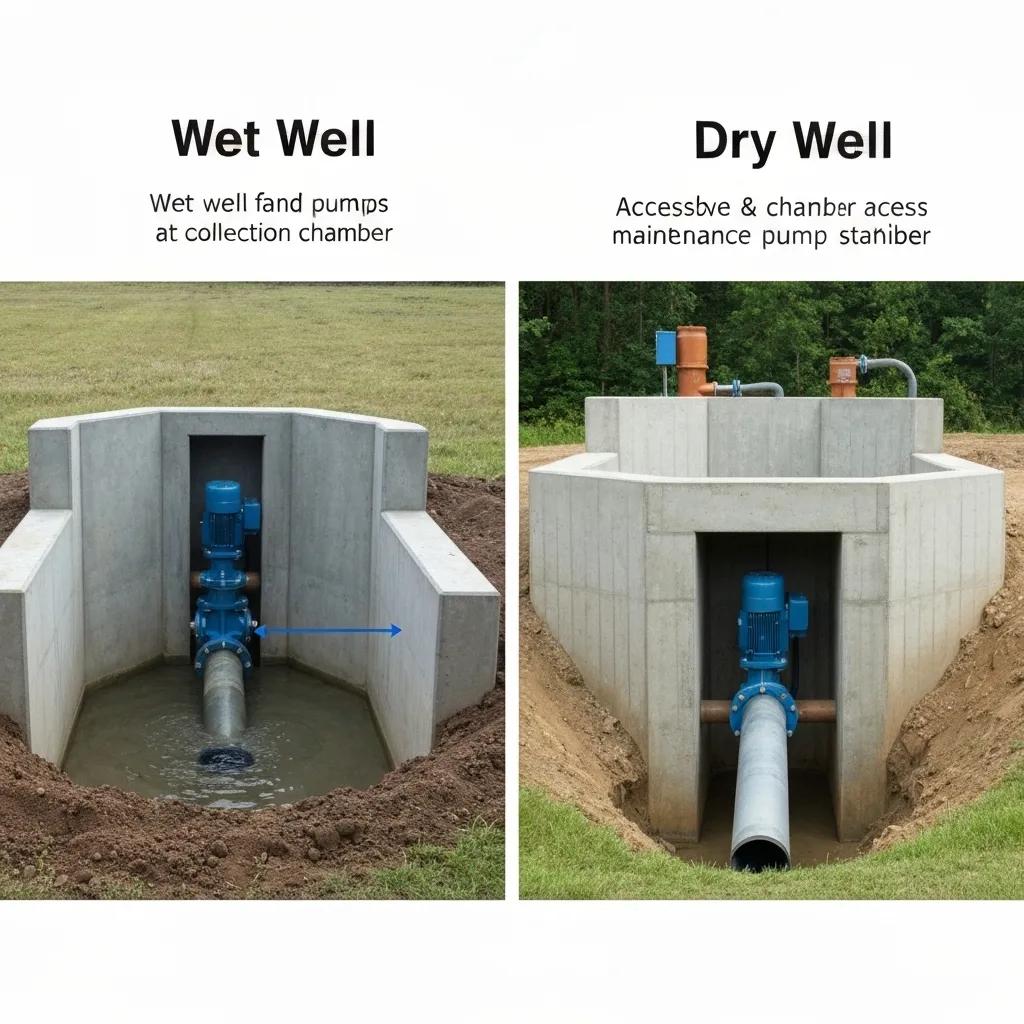
This comparison clarifies design trade-offs before examining each configuration’s specific merits.
Wet Well vs Dry Well Pump Station
Wet well pump stations utilize submerged pumps within a collection chamber, offering greater storage capacity but requiring complex confined-space maintenance. In contrast, dry well pump stations house pumps and electrical equipment in a separate, accessible chamber, enhancing safety and simplifying routine maintenance, making them suitable for critical applications.
This research provides a direct comparison of wet well and dry well pump station designs, their operational advantages, and maintenance considerations, which is a key section of the article.
What Are the Advantages and Disadvantages of Wet Well Pump Stations?
Wet well pump stations provide compact, cost-efficient installation and stable pump priming, reducing suction issues. They improve self-priming reliability but require rigorous confined-space safety protocols and frequent de-sludging to prevent blockages. Recognising these trade-offs helps determine suitability for residential or light commercial sites before evaluating dry well benefits.
Why Choose Dry Well Pump Stations and What Are Their Benefits?
Dry well pump stations position pumps and controls in an enclosed, serviceable chamber above or beside the wet well, enhancing safety and simplifying routine maintenance. This arrangement supports uninterrupted operation during high flows and facilitates easy electrical and mechanical inspections, making it ideal for high-capacity or critical applications where downtime must be minimised.
What Are Adoptable and Package Pump Stations in the UK and How Do They Differ?
This structure comparison prepares the way for detailed classification and private development uses.
What Are Water UK Pump Station Classifications (Type 1–4) for Adoptable Stations?
Water UK defines four adoptable classes to ensure safety, capacity and durability:
- Type 1 – Small-scale foul or surface water with simple control arrangements
- Type 2 – Single-pump foul water with duty/standby configuration
- Type 3 – Twin pump stations with high flow redundancy and monitoring
- Type 4 – Complex combined or industrial stations with advanced telemetry
These classifications guarantee network integration and service resilience, leading to private package alternatives.
Pumping Station Types: In a class of their own
Water UK’s “Sewers for Adoption” regulations classify adoptable pumping stations into four types (Type 1-4) based on incoming flow rate and power rating. These classifications ensure new adoptable systems meet specific standards for handover to local water authorities, with Type 1 being the smallest and Type 4 encompassing the largest or most complex systems.
This source verifies the Water UK Type 1-4 classifications for adoptable pump stations, aligning with the detailed classifications provided in the article.
How Do Package Pump Stations Serve Private Developments?
Package pump stations offer turnkey solutions for private sites by integrating pumps, controls, and chambers into a prefabricated unit. They promote rapid installation, reduced civil works, and flexible siting—ideal for single dwellings, small businesses and rural settings.
This approach shortens lead times and supports bespoke maintenance agreements with specialist providers.
What Are the Key Components of Any Pump Station?
Every pump station relies on core parts to ensure fluid conveyance, control and protection:
- Pumps (submersible, grinder, vortex) for fluid transfer
- Wet Well & Dry Well Chambers to collect and house pumps
- Control Panels with Level Sensors to automate operation
- Valves & Pipework to direct flow and isolate equipment
- Alarm Systems to signal faults and prevent overflows
Understanding these elements clarifies how each section contributes to system reliability before exploring specifics.
Which Pumps Are Used: Submersible, Grinder, and Vortex Explained?
Knowledge of these pump functions ensures correct specification for the intended application and prepares the basis for chamber design.
What Roles Do Wet Wells, Dry Wells, and Control Panels Play?
- Wet wells collect incoming fluid and stabilise suction conditions.
- Dry wells isolate pumps and electrical equipment, enhancing safety.
- Control panels interpret level sensor signals to start, stop and switch pumps, improving automation and energy use.
This interplay supports robust operation before addressing flow regulation and safety features.
How Do Valves, Pipework, and Alarm Systems Ensure Operation?
- Check and isolation valves protect against reverse flow and facilitate servicing.
- Rising main and lateral pipework convey discharge to final outlets or mains.
- High-water and fault alarms alert operators, ensuring rapid response to prevent flooding.
These components close the loop on pump station integrity and lead into selection criteria.
What Factors Should You Consider When Choosing a Pump Station?
Optimal selection balances hydraulic requirements, compliance and lifecycle costs to improve asset performance:
- Fluid Type, Flow Rate & Lift Height – Match pump capacity to site demands.
- Regulatory Compliance – Adhere to Water (Special Measures) Act 2025 and Sewers for Adoption conditions.
- Maintenance Access & Frequency – Ensure serviceability to minimise downtime.
- Materials & Construction – Select corrosion-resistant chambers for wastewater and industrial fluids.
- Total Cost of Ownership – Evaluate installation, energy and upkeep expenses.
Assessing these dimensions streamlines procurement and supports long-term reliability.
How Do Fluid Type, Flow Rate, and Lift Height Affect Pump Station Choice?
Fluid viscosity, solids content and required pressure head govern pump selection and chamber sizing. Higher flow demands call for multiple-pump duty/standby arrangements, while increased lift heights require greater motor power and careful priming design. These technical factors underpin all subsequent compliance and maintenance considerations.
Why Is Compliance with UK Regulations Like the Water (Special Measures) Act 2025 Important?
The Water (Special Measures) Act 2025 imposes stricter design, monitoring and reporting standards to enhance environmental protection and network resilience. Compliance minimises legal risk, promotes public health and secures adoption by water companies. Understanding these requirements ensures installations meet current and future statutory obligations.
Water (Special Measures) Act 2025: Pump Station Compliance Explained
The Water (Special Measures) Act 2025 strengthens environmental protection and accountability in the UK’s water sector, introducing new standards for the design, installation, and operation of drainage infrastructure, including pump stations. Key provisions include regulating design, installation, and maintenance (Section 21), new requirements for data reporting (Section 25), and enforcement powers for non-compliance (Section 32).
This research directly supports the article’s mention of the Water (Special Measures) Act 2025 and its implications for regulatory compliance, particularly concerning pump station design and operation.
How Does Maintenance Influence Pump Station Longevity and Performance?
Regular inspection, cleaning of wet wells, electrical checks and float switch calibration sustain operational efficiency and prevent costly failures. Planned preventative maintenance schedules improve uptime, extend service life and support safe, compliant operation in line with industry best practices and UK standards.
Pump stations serve as vital assets in fluid management networks by elevating, conveying and regulating liquids across multiple sectors. By grasping the main types, design configurations, UK classifications, component roles and selection criteria, stakeholders can secure reliable, compliant and cost-effective installations that support environmental and operational goals.
We specialise in Sewage Pumping Stations, if you need assistance please speak to Paul Manning – just call the office on 0118 9821 555 or email paul@pumptechnology.co.uk



